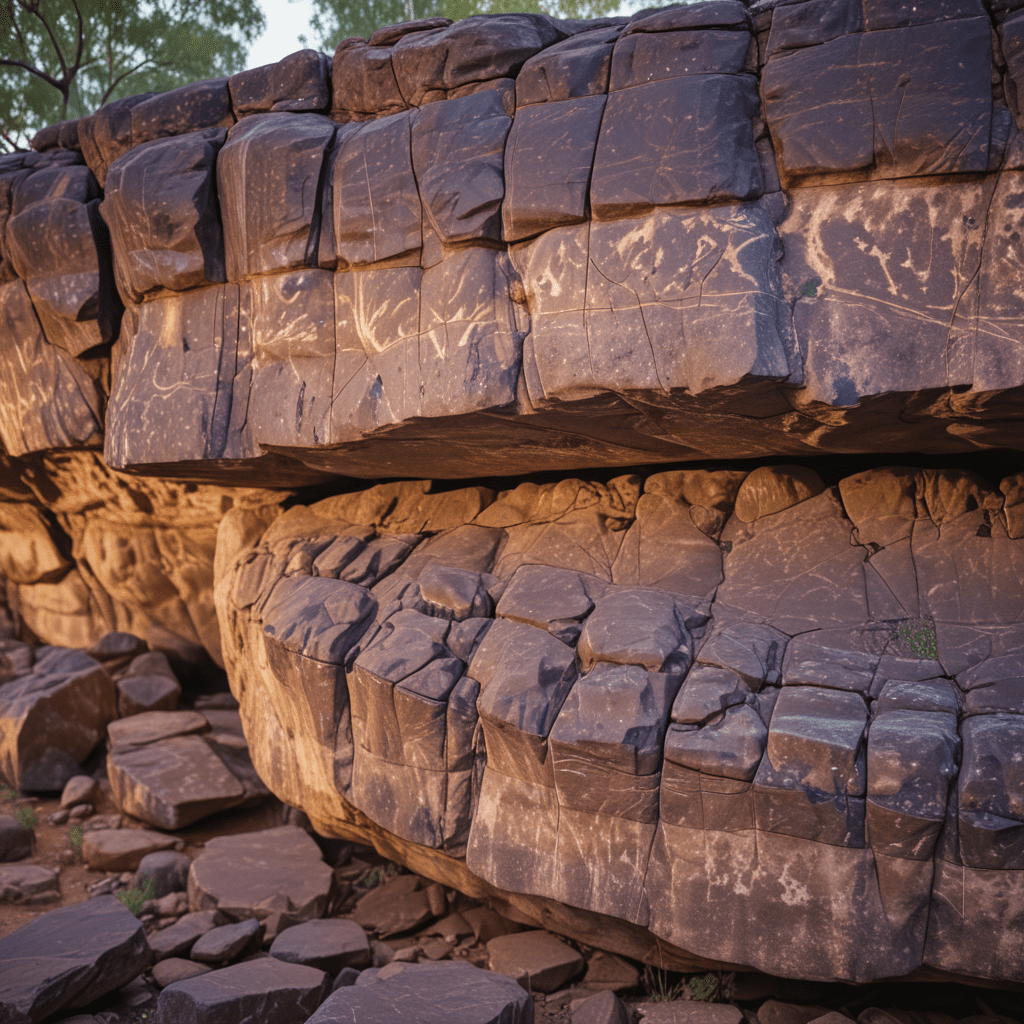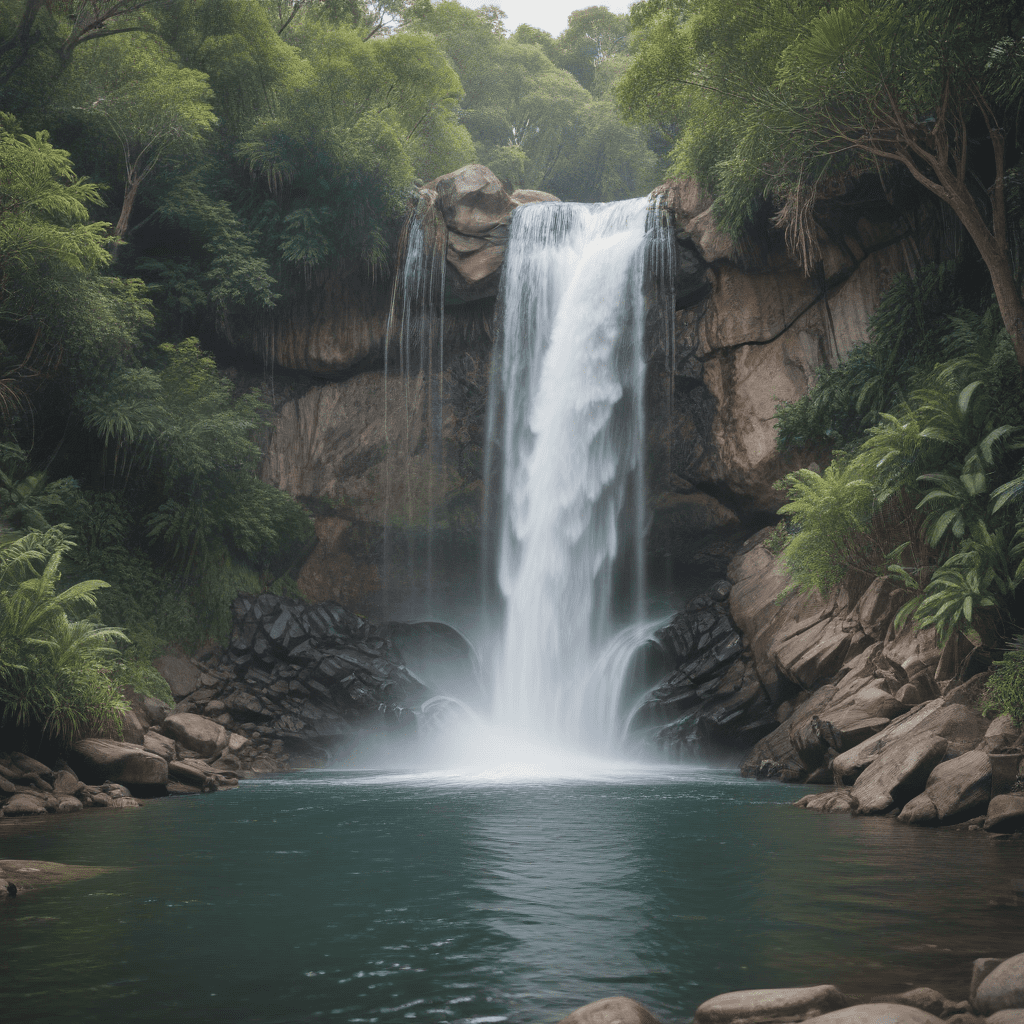
Discovering the Ancient Rock Art of Kakadu National Park
Introduction: The Wonders of Kakadu National Park
Kakadu National Park, a UNESCO World Heritage Site in Australia's Northern Territory, is renowned for its breathtaking natural beauty, diverse wildlife, and rich cultural heritage. Among its many wonders, the ancient rock art that adorns its shelters and galleries holds a profound significance. This article delves into the captivating history, techniques, themes, and indigenous importance of the rock art found within Kakadu, offering an unforgettable glimpse into the vibrant cultural legacy of this extraordinary park.
History and Significance of the Rock Art
The rock art of Kakadu National Park is believed to have been created over thousands of years by the Aboriginal people who inhabited the region. These intricate artworks depicted their spiritual beliefs, daily lives, and stories of creation. The art serves as a tangible testament to their deep connection to the land and its enduring cultural traditions.
Exploring the UNESCO World Heritage Site
The rock art sites of Kakadu National Park are scattered throughout the park's vast landscapes. Some of the most notable sites include Ubirr, Nourlangie, and Burrungkuy (Nourlangie Rock). These sites offer visitors an immersive experience, allowing them to witness the artistry and cultural value of this ancient heritage firsthand.
The Techniques Used to Create the Artwork
The Aboriginal artists used a variety of techniques to create their rock art. These included painting with ochre pigments, engraving designs into the rock surface, and carving figures in relief. The colors and symbols used in the artworks carry deep cultural significance, making each piece a unique expression of the artist's beliefs and experiences.
The Themes Depicted in the Rock Art
The rock art of Kakadu National Park depicts a wide range of themes, including hunting scenes, ceremonies, mythological figures, and animals. These artworks offer insights into the daily life, spiritual beliefs, and storytelling traditions of the Aboriginal people. By studying the rock art, visitors can gain a deeper understanding of the rich cultural heritage of this ancient civilization.
6. The Indigenous Significance of the Art
The rock art of Kakadu National Park is not merely a historical relic; it holds profound cultural significance for the Aboriginal people. These artworks serve as a tangible connection to their ancestors and the spiritual beliefs that guide their way of life. The art provides a glimpse into their cultural practices, ceremonies, and the interconnectedness between humans and the natural world.
7. Preserving the Cultural Legacy
Recognizing the immense cultural and historical value of the rock art, the Australian government and Aboriginal Traditional Owners have implemented strict measures to preserve and protect these ancient treasures. These include the establishment of management plans, visitor education programs, and the appointment of Indigenous rangers to monitor and maintain the sites.
8. Visiting the Rock Art Sites: Tips and Guidelines
To ensure a respectful and enriching experience when visiting the rock art sites in Kakadu National Park, it is crucial to adhere to certain guidelines. Visitors are advised to stay on designated paths, avoid touching or altering the artwork, and refrain from using drones that could disturb the tranquility of the sites. Respecting cultural protocols and seeking guidance from local Aboriginal tour operators is highly recommended.
9. Ethical Considerations: Protecting the Ancient Treasures
As responsible travelers, it is our duty to respect and preserve the fragile ecosystem and cultural heritage of Kakadu National Park. This includes minimizing our ecological footprint, following proper waste disposal practices, and refraining from any activities that could compromise the integrity of the rock art sites. Ethical considerations should extend to our interactions with the local Aboriginal community, ensuring that their traditions and beliefs are respected.
10. Conclusion: The Enduring Legacy of the Kakadu Rock Art
The rock art of Kakadu National Park stands as an enduring testament to the rich cultural heritage of the Aboriginal people. These ancient artworks provide invaluable insights into their spiritual beliefs, daily lives, and connection to the land. Preserving and protecting these cultural treasures is of utmost importance, ensuring that future generations can continue to marvel at the artistry and significance of Kakadu's rock art.
FAQ
1. How old is the rock art in Kakadu National Park?
The rock art in Kakadu National Park is believed to be thousands of years old, with some estimates ranging from 40,000 to 60,000 years.
2. How many rock art sites are there in Kakadu National Park?
There are over 5,000 known rock art sites within Kakadu National Park.
3. What is the best time to visit the rock art sites?
The dry season (April-October) is generally considered the best time to visit the rock art sites in Kakadu National Park, as the weather is more favorable and access to the sites is easier.
4. Is photography allowed at the rock art sites?
Photography is generally allowed at the rock art sites in Kakadu National Park, but it is important to be respectful and avoid using flash photography, which can damage the artwork.
5. How can I learn more about Aboriginal culture and the rock art of Kakadu National Park?
There are several ways to learn more about Aboriginal culture and the rock art of Kakadu National Park, including visiting the park's cultural centers, attending guided tours led by Aboriginal Traditional Owners, and reading books and articles on the subject.


